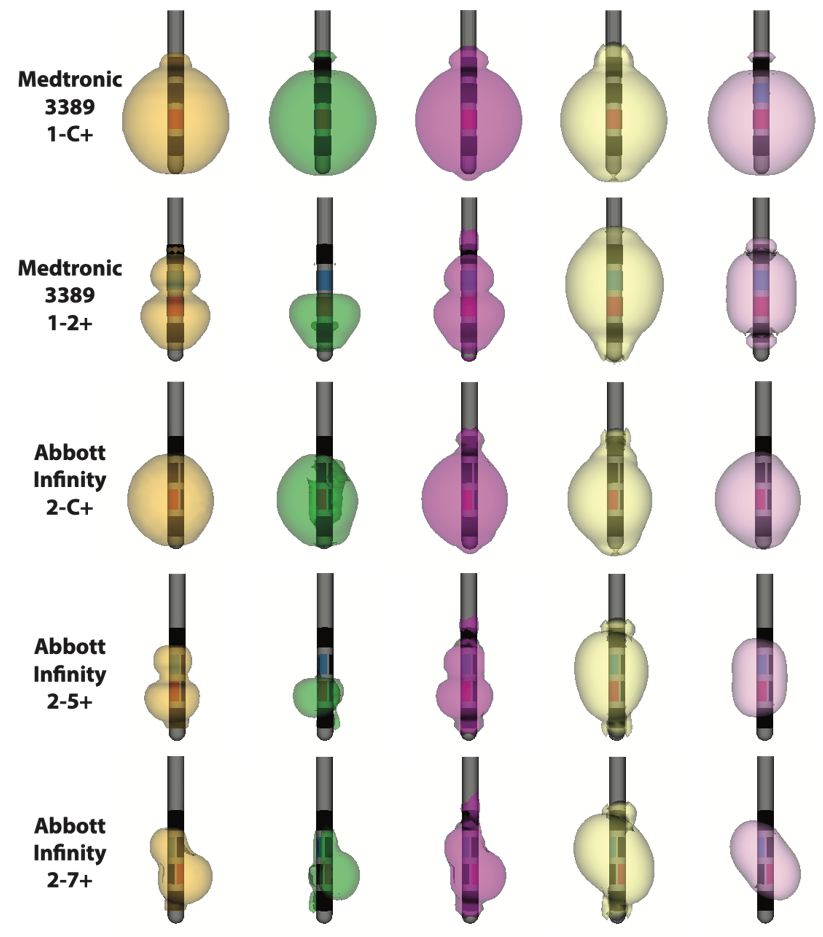CHPC - Research Computing and Data Support for the University
In addition to deploying and operating high performance computational resources and providing advanced user support and training, CHPC serves as an expert team to broadly support the increasingly diverse research computing and data needs on campus. These needs include support for big data, big data movement, data analytics, security, virtual machines, Windows science application servers, protected environments for data mining and analysis of protected health information, and advanced networking.
If you are new to CHPC, the best place to start to get more information on CHPC resources and policies is our Getting Started page.
Upcoming Events:
CHPC Downtime: Tuesday March 5 starting at 7:30am
Posted February 8th, 2024
Two upcoming security related changes
Posted February 6th, 2024
Allocation Requests for Spring 2024 are Due March 1st, 2024
Posted February 1st, 2024
CHPC ANNOUNCEMENT: Change in top level home directory permission settings
Posted December 14th, 2023
CHPC Spring 2024 Presentation Schedule Now Available
CHPC PE DOWNTIME: Partial Protected Environment Downtime -- Oct 24-25, 2023
Posted October 18th, 2023
CHPC INFORMATION: MATLAB and Ansys updates
Posted September 22, 2023
CHPC SECURITY REMINDER
Posted September 8th, 2023
CHPC is reaching out to remind our users of their responsibility to understand what the software being used is doing, especially software that you download, install, or compile yourself. Read More...News History...
The Activating Function Based Volume of Tissue Activated (VTA)
By Gordon Duffley1,2, Daria Nesterovich Anderson1,2, Johannes Vorwerk, PhD2, Alan "Chuck" Dorval, PhD1, Christopher R. Butson, PhD1-4
1Department of Biomedical Engineering, 2Scientific Computing & Imaging (SCI) Institute, 3Departments of Neurology and Neurosurgery, 4Department of Psychiatry, University of Utah
Computational models of the volume of tissue activated (VTA) are commonly used both clinically and for research. Because of the computational demands of the traditional axon model approach, alternative approaches to approximate the VTA have been developed. The goal of this study is to evaluate multiple approaches of calculating approximations of the VTA for monopolar and bipolar stimulations on cylindrical and directional lead designs.
Activating function and electric field norm threshold values were dependent on stimulation amplitude, electrode configuration, and pulse width. All methods resulted in highly similar approximations of the VTA for monopolar stimulation for both the directional the cylindrical DBS lead designs. For bipolar stimulation, the axon model method and AF(Max, Tang) produced similar approximations of the VTA. For bipolar stimulation, AF(GP, Max) produced an approximation of the VTA that was larger than any of the other methods. AF(GP, Max) is not biased by only using tangentially oriented axons, unlike the axon model method and AF(Max, Tang).
Read the paper in the Journal of Neural Engineering.
System Status
General Environment
| General Nodes | ||
|---|---|---|
| system | cores | % util. |
| kingspeak | 944/972 | 97.12% |
| notchpeak | 3051/3180 | 95.94% |
| lonepeak | 2980/3140 | 94.9% |
| Owner/Restricted Nodes | ||
| system | cores | % util. |
| ash | 720/1152 | 62.5% |
| notchpeak | 18044/18328 | 98.45% |
| kingspeak | 3195/5340 | 59.83% |
| lonepeak | 48/416 | 11.54% |
Protected Environment
| General Nodes | ||
|---|---|---|
| system | cores | % util. |
| redwood | 0/616 | 0% |
| Owner/Restricted Nodes | ||
| system | cores | % util. |
| redwood | 385/6264 | 6.15% |

